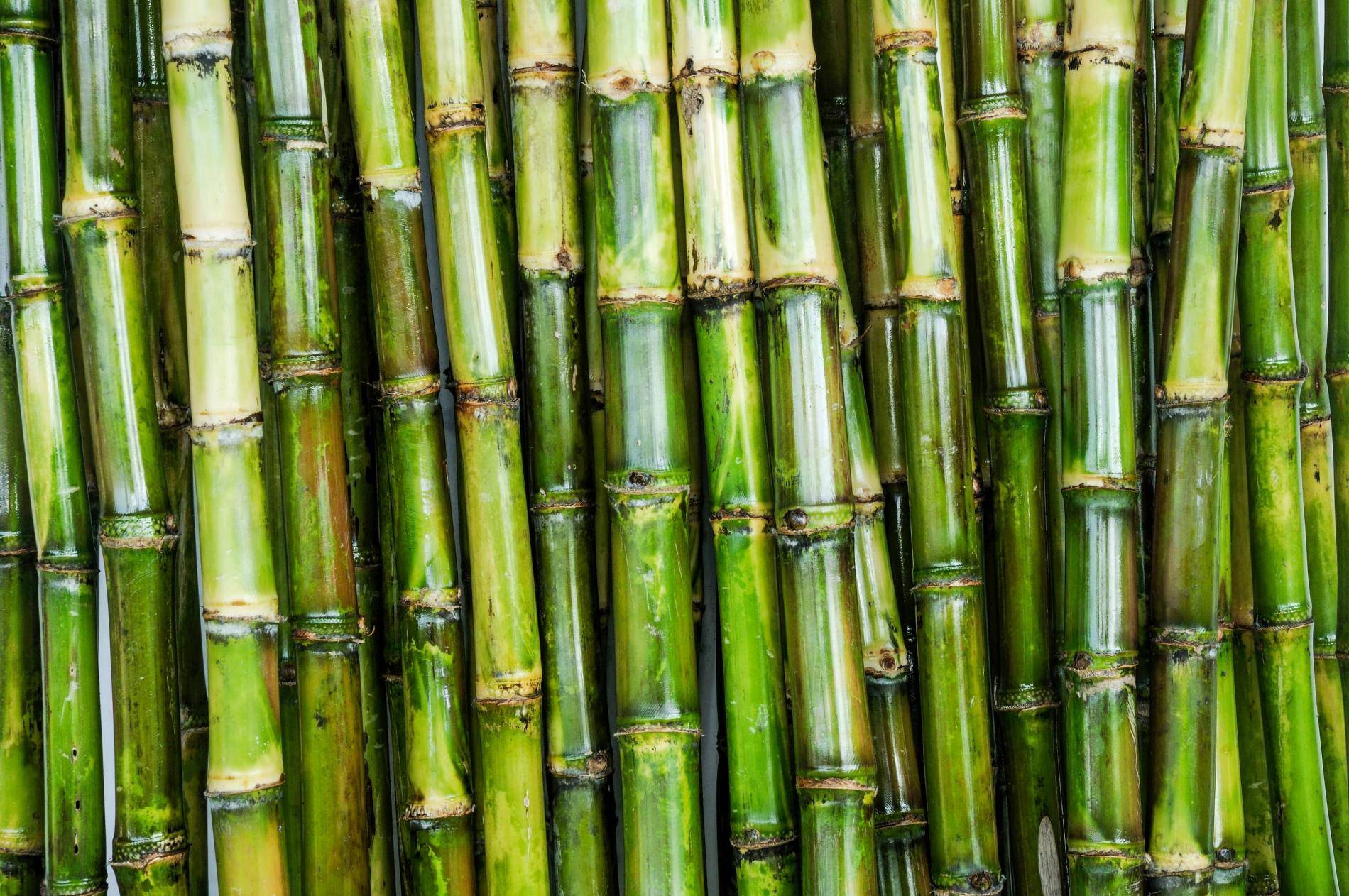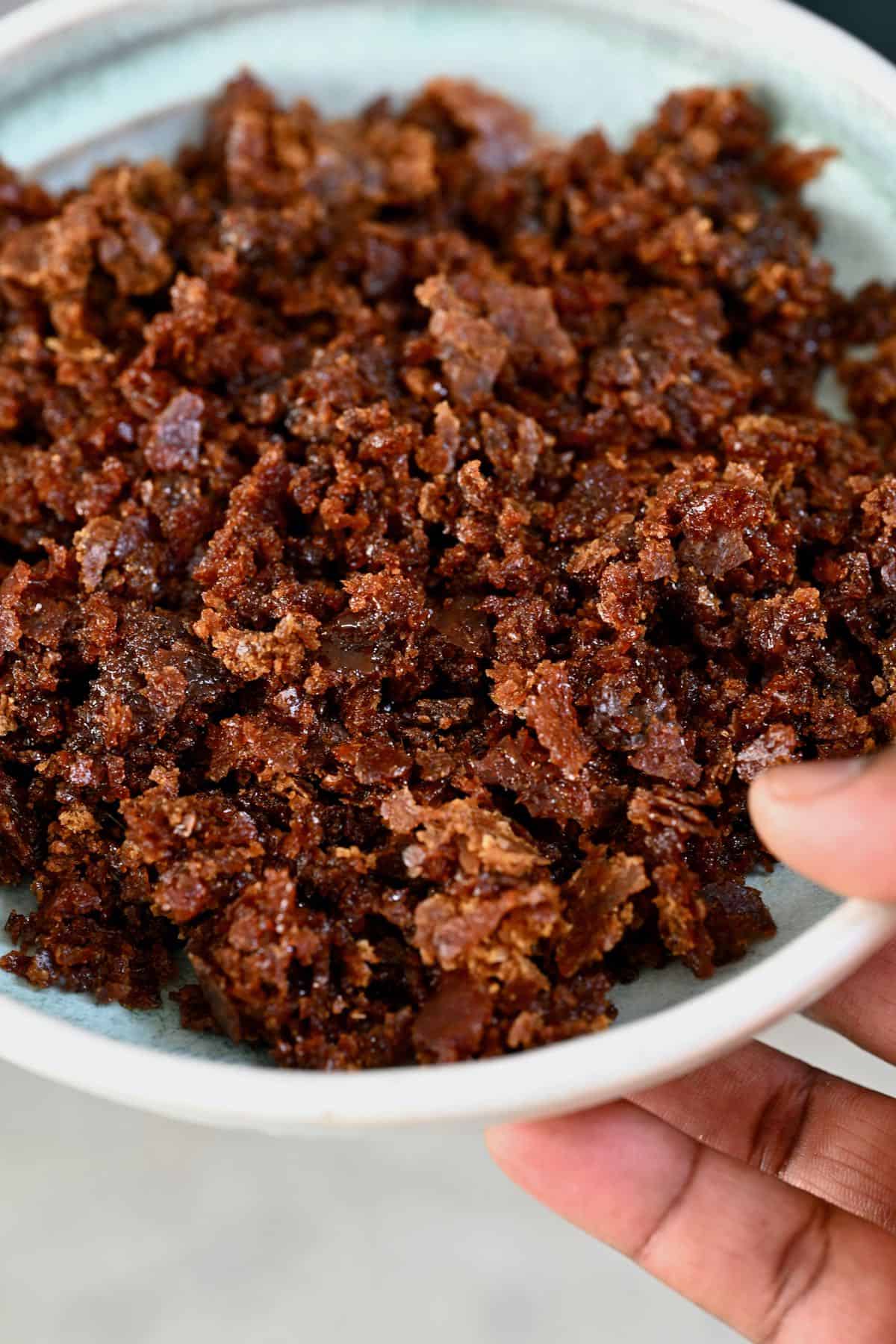Cane Sugar Processing: From Field to Table-- A Step-by-Step Overview
Cane Sugar Processing: From Field to Table-- A Step-by-Step Overview
Blog Article
An In-Depth Overview to the Environmental Influence and Sustainability Practices in Walking Stick Sugar Handling
The ecological impact of walking cane sugar handling offers a complex range of challenges that warrant cautious examination. From dirt degradation and excessive water use to the carbon footprint associated with cultivation and production, the repercussions of standard practices are far-ranging. What specific methods can be implemented to strike a balance between efficiency and environmental stewardship?
Review of Walking Stick Sugar Handling
Cane sugar handling entails a collection of methodical actions that transform sugarcane right into polished sugar. Initially, gathered sugarcane is transported to processing facilities, where it undertakes cleaning to remove dirt and debris. Following this, the walking stick is squashed to extract juice, which is after that clarified by getting rid of contaminations via home heating and the addition of lime.
The cleared up juice undertakes dissipation, where water is gotten rid of to concentrate the sugar material. These crystals are separated from the continuing to be syrup utilizing centrifugation, resulting in raw sugar.
The last product is then dried out and packaged for distribution. Throughout this entire process, maintaining efficiency and quality assurance is necessary to make certain the sugar fulfills industry requirements. Each action in cane sugar processing not just adds to the final item but also has ramifications for source use and waste generation, setting the stage for discussions on sustainability and ecological influences connected with sugar manufacturing.
Environmental Difficulties of Manufacturing
The production of walking cane sugar offers several considerable ecological difficulties that warrant attention. One primary concern is the extensive use of agrochemicals, including pesticides and plant foods, which can lead to soil deterioration, biodiversity loss, and contamination of local water sources. The drainage from sugarcane areas usually brings these chemicals into close-by communities, interfering with marine life and influencing the health of communities reliant on these water bodies.
An additional challenge is the high power usage connected with sugarcane processing. The boiling and refining phases need significant warmth, primarily produced by shedding fossil gas, adding to greenhouse gas exhausts. In addition, the large acreage required for sugarcane growing can result in logging and environment damage, additional aggravating climate adjustment and threatening wildlife.
Moreover, the labor practices in some areas elevate ethical issues, as workers might encounter bad working conditions and inadequate wages. This situation usually perpetuates a cycle of destitution in regional neighborhoods. Cane Sugar Processing. Dealing with these ecological obstacles is crucial for establishing a lot more lasting techniques in walking stick sugar manufacturing, eventually profiting both the environment and the neighborhoods associated with this industry
Water and Land Use Influence
Water sources and land use are critical elements in the walking cane sugar sector that significantly influence the setting. The farming of sugarcane calls for substantial water input, with estimates suggesting that it can take in approximately 2,000 litres of water per kilo of sugar produced. This extensive use water commonly leads to deficiency of local water check it out sources, affecting not only the sugarcane haciendas but also bordering communities and areas that count on the exact same water resources for agriculture and residential usage.

Additionally, land use for sugarcane farming can cause logging and the conversion of natural habitats into monoculture plantations. This method reduces biodiversity, disrupts regional environments, and adds to dirt deterioration. The growth of sugarcane areas typically elbows in on useful agricultural land, creating competitors for resources in between food and biofuel manufacturing.
Lasting practices, such as optimizing watering methods and carrying out crop rotation, are necessary to reduce these impacts. By adopting a lot more reliable water use and land administration strategies, the walking cane sugar market can decrease its eco-friendly footprint, ensuring an equilibrium in between agricultural performance and ecological conservation.
Greenhouse Gas Emissions
Greenhouse gas exhausts stand for a significant environmental concern within the walking stick sugar processing sector, especially as farming practices expand to fulfill global demand. The farming of sugarcane, a plant that thrives in tropical climates, counts heavily on artificial plant foods and chemicals, which contribute to laughing gas discharges. In addition, land-use adjustments, including logging for new sugarcane ranches, release co2 saved in plants and soil.
Throughout handling, power intake is an additional significant resource of greenhouse gas emissions - Cane Sugar Processing. Numerous sugar mills utilize fossil gas to power machinery and create warmth, leading to considerable carbon impacts. Moreover, the transport of raw sugarcane and finished products adds layers of emissions through gas burning in cars
This includes examining existing agricultural methods, refining techniques, and transport systems to identify areas for renovation and mitigation. Attending to greenhouse gas discharges is crucial for promoting a much more sustainable walking cane sugar market in an altering environment.

Sustainable Practices and Innovations
Sustainable methods and technologies are significantly vital in the cane sugar handling market as stakeholders look for to lower ecological effects while keeping efficiency. One considerable development is the implementation of incorporated plant administration, which maximizes resource use by combining soil monitoring, bug control, and crop turning strategies. This method improves return while decreasing chemical inputs and preserving dirt wellness.
Moreover, the adoption of renewable energy resources, such as biomass from sugarcane residues, has actually gained grip - Cane Sugar Processing. By converting waste items into energy, More Info processing facilities can minimize their dependence on fossil gas, thus lowering greenhouse gas emissions
Water administration methods have actually additionally seen improvements through the recycling and reusing of water in handling plants, dramatically minimizing freshwater usage. Developments in technology, such as accuracy farming, allow farmers to keep track of plant health and source usage extra effectively, making sure sustainable growing techniques.
Additionally, accreditation programs like Fair Trade and Jungle Alliance urge eco accountable farming practices and promote social equity within the supply chain. By accepting these lasting techniques and technologies, the walking stick sugar processing sector can improve its resilience and add favorably to ecological stewardship.
Conclusion
The environmental effect of walking cane sugar processing offers substantial challenges, consisting of soil deterioration, high water consumption, and greenhouse gas exhausts, along with ethical concerns connected to labor methods. Dealing with these issues through sustainable practices, such as incorporated plant management, renewable resource adoption, and water recycling, is important. By promoting socially equitable and environmentally responsible techniques in sugar manufacturing, the sector can mitigate its adverse effects, ensuring an extra lasting future for both communities and environments included in this sector.
Cane sugar processing includes a series of systematic steps that change sugarcane right into polished sugar. Each action in walking stick sugar handling not just contributes to the final product however also has ramifications for resource usage and waste generation, establishing the phase for conversations on sustainability and ecological influences associated go to these guys with sugar manufacturing.
Greenhouse gas emissions stand for a considerable ecological problem within the walking stick sugar handling market, especially as agricultural methods broaden to satisfy worldwide demand.Lasting methods and advancements are increasingly crucial in the walking cane sugar processing market as stakeholders seek to decrease environmental impacts while maintaining efficiency.The ecological impact of cane sugar processing provides substantial obstacles, consisting of dirt deterioration, high water usage, and greenhouse gas discharges, along with moral worries related to labor practices.
Report this page